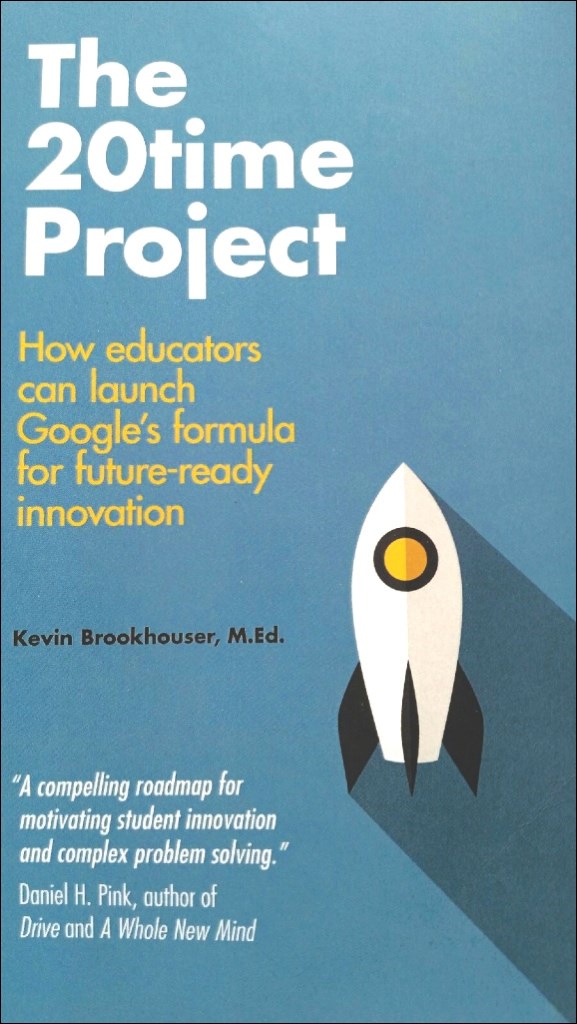A Google management practice has sparked innovation and creative thinking among employees — and led to some of the company’s biggest success stories. Hapnot Collegiate teacher Brittney Henry explores how this unique policy could work in the classroom, helping high school students take ownership of their education.
With each generation, educators experience new challenges in regards to how students learn.
Most people know about the four common learning styles — auditory, tactile, visual, and kinesthetic — and that teachers differentiate our lessons in order to challenge our students without frustrating them. But educators face other challenges as well.
Recently I have been noticing that my students no longer want to discover on their own. They want a textbook, teacher or peer to provide them with an answer. This is partly a fault of the education system — we are teaching students to solve problems for which we already know the solution.
This year, I am planning on implementing changes in my classroom in order to foster risk-taking, problem-solving, and self-discovery.
One of the ways I am planning on doing this is through the integration of the 20Time project in the ICT/ACT course at Hapnot Collegiate.
ICT/ACT is a required technology course at Hapnot Collegiate. It introduces students to using various forms of technology in order to communicate efficiently, effectively, and safely.
20Time stands for 20 per cent of the time. This is a big movement in education, as well as the business realm. It is based on Google’s 20 per cent time policy, although it is not the only company to incorporate this practice in its workforce.
Google gives Googlers (employees) one day a week, or 20 per cent of their workweek, to work on whatever they want.*
After the company implemented the policy, employees reported a more positive atmosphere, and Googlers came up with some really cool ideas like Gmail and AdSense.
20Time has been so successful in education and business because it builds on the three major motivators: autonomy, mastery and purpose.
Kevin Brookhouser is the leading educator in the 20Time movement and the author of The 20time Project: How Educators Can Launch Google’s Formula For future-ready innovation.
Brookhouser designed a project that provides students with the opportunity to use “real-world problem solving to achieve rigorous academic goals” in areas they are interested in. Just like Googlers, students are provided one class a week to work on a project of their choice. The project is divided into five different steps: brainstorming, the proposal, the blog, the elevator pitch and the final presentation.
I will be implementing this project in my ICT/ACT classes this year.
At the end of each semester, students will be giving a five-minute presentation to all those interested. This will be a carefully written, choreographed, and rehearsed speech to produce the best presentation they have ever given. I am hoping to have these TED Talks-style presentations delivered and recorded in the Hapnot Theatre.
Editor’s note: While Google’s 20Time existed almost since the company was founded, it established stricter guidelines around the policy in 2013.




